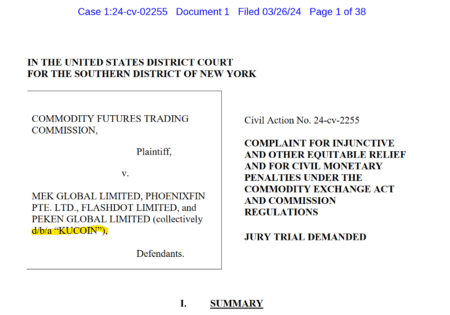The UN General Assembly has adopted the United Nations Convention against Cybercrime, marking the first comprehensive global treaty to address cybercrime. The agreement on the legally binding treaty marked the culmination of a five-year effort by UN Member States, with inputs from civil society, information security experts, academia and the private sector.
Main Points of the Convention:
The Convention’s nine chapters provide a comprehensive approach to prevent and combat the global problem of cybercrime. The Convention resolves technical and legal challenges by adjusting traditional means and methods of criminal investigations to the information and communication technology environment and by strengthening international cooperation.
- Criminalization: The Convention defines offenses such as illegal access to information systems, data interference, system interference, misuse of devices, computer-related forgery and fraud, online child sexual exploitation, and the non-consensual dissemination of intimate images. Harro
- Procedural Measures: It establishes procedures for the expedited preservation of electronic data, production orders, search and seizure of stored electronic data, and real-time collection of traffic and content data. Harro
- International Cooperation: The treaty enhances collaboration among member states in investigating and prosecuting cybercrimes, including provisions for mutual legal assistance and extradition. Harro
- Technical Assistance and Capacity-Building: It emphasizes support for developing countries to strengthen their capabilities in combating cybercrime. Smex
Importance for Global Law Enforcement:
The Convention provides a unified legal framework, facilitating cross-border investigations and prosecutions of cybercriminals. By harmonizing laws and procedures, it aims to close jurisdictional gaps that offenders exploit, thereby enhancing the effectiveness of global law enforcement efforts.
Cybercrime is a uniquely borderless threat that is increasing at a dramatic rate. Cyber attacks destroy businesses, undermine public institutions, and endanger lives – INTERPOL Secretary General Valdecy Urquiza (link)
Commentary from Influencers:
The Convention has received mixed reactions. Some experts commend it as a significant step toward international cooperation against cyber threats. However, concerns have been raised regarding potential implications for human rights and privacy. Critics argue that certain provisions could lead to increased surveillance and censorship, particularly in countries with poor human rights records.
Legal Binding Status:
The Convention will be open for signature at a ceremony in Hanoi, Vietnam, in 2025, and thereafter at the United Nations Headquarters in New York until December 31, 2026. It will enter into force after the deposit of the 40th instrument of ratification, acceptance, approval, or accession. Therefore, not all UN member states are automatically bound by it; only those that ratify or accede to the Convention will be legally obligated to comply with its provisions.
The Future
In summary, while the UN Convention against Cybercrime represents a landmark achievement in the fight against cybercrime, its effectiveness will largely depend on widespread adoption and careful implementation that balances security concerns with the protection of human rights.





